« DuPont Automotive Color Popularity Report: White is Most Popular Color | Main | RENAULT NEW TWINGO: ENHANCED PERFORMANCE, LOWER FUEL CONSUMPTION »
December 11, 2008
GM'S COMMITMENT TO THE AMERICAN PEOPLE
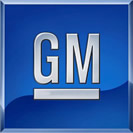
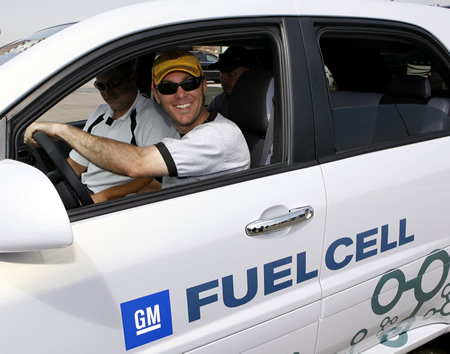
Photo: Team Chevy NASCAR driver Kevin Harvick takes the Chevrolet Equinox Fuel Cell vehicle for a test drive after being shown its General Motors advanced technology Friday, August 29, 2008 in Fontana, California. (General Motors News Photo) (United States)
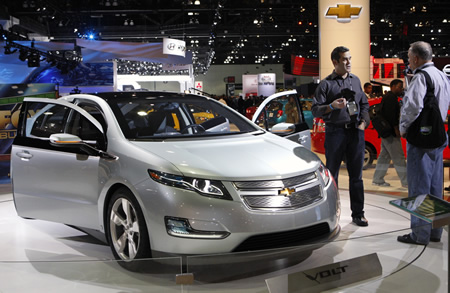
Photo: Chevrolet Volt Director of Design Bob Boniface (left) shows off the Chevrolet Volt to media as the vehicle makes its West Coast debut at the Los Angeles Auto Show in Los Angeles, California Wednesday, November 19, 2008. The Volt delivers up to 40 miles of gasoline and emissions-free electric driving with the extended-range capability of hundreds of additional miles. (General Motors News Photo) (United States)
Following is GM's letter published in Automotive News :
GM'S COMMITMENT TO THE AMERICAN PEOPLE
"We deeply appreciate the Congress considering General Motors' request to borrow up to $18 billion from the United States. We want to be sure the American people know why we need it, what we'll do with it and how it will make GM viable for the long term.
For a century, we have been serving your personal mobility needs, providing American jobs and serving local communities. We have been the U.S. sales leader for 76 consecutive years. Of the 250 million cars and trucks on U.S. roads today, more than 66 million are GM brands -- nearly 44 million more than Toyota brands. Our goal is to continue to fulfill your aspirations and exceed your expectations.
While we're still the U.S. sales leader, we acknowledge we have disappointed you. At times we violated your trust by letting our quality fall below industry standards and our designs become lackluster. We have proliferated our brands and dealer network to the point where we lost adequate focus on our core U.S. market. We also biased our product mix toward pick-up trucks and SUVs. And, we made commitments to compensation plans that have proven to be unsustainable in today's globally competitive industry. We have paid dearly for these decisions, learned from them and are working hard to correct them by restructuring our U.S. business to be viable for the long term.
Today, we have substantially overcome our quality gap; our newest designs like the Chevrolet Malibu and Cadillac CTS are widely heralded for their appeal; our new products are nearly all cars and "crossovers" rather than pick-ups and SUVs; our factories have greatly improved productivity and our labor agreements are much more competitive. We are also driven to lead in fuel economy, with more hybrid models for sale and biofuel-capable vehicles on the road than any other manufacturer, and determined to reinvent the automobile with products like the Chevrolet Volt extended-range electric vehicle and breakthrough technology like hydrogen fuel cells.
Until recent events, we felt the actions we'd been taking positioned us for a bright future. Just a year ago, after we reached transformational agreements with our unions, industry analysts were forecasting a positive GM turnaround. We had adequate cash on hand to continue our restructuring even under relatively conservative industry sales volume assumptions. Unfortunately, along with all Americans, we were hit by a "perfect storm." Over the past year we have all faced volatile energy prices, the collapse of the U.S. housing market, failing financial institutions, a stock market crash and the complete freezing of credit. We are in the midst of the worst economic crisis since the Great Depression. Just like you, we have been severely impacted by events outside our control. U.S. auto industry sales have fallen to their lowest per capita rate in half a century. Despite moving quickly to reduce our planned spending by over $20 billion, GM finds itself precariously and frighteningly close to running out of cash.
This is why we need to borrow money from U.S. taxpayers. If we run out of cash, we will be unable to pay our bills, sustain our operations and invest in advanced technology. A collapse of GM and the domestic auto industry will accelerate the downward spiral of an already anemic U.S. economy. This will be devastating to all Americans, not just GM stakeholders, because it would put millions of jobs at risk and deepen our recession. By lending GM money, you will provide us with a financial bridge until the U.S. economy and auto sales return to modestly healthy levels. This will allow us to keep operating and complete our restructuring.
We submitted a plan to Congress Dec. 2, 2008, detailing our commitments to ensure our viability, strengthen our competitiveness, and deliver energy-efficient products. Specifically, we are committed to:
• produce automobiles you want to buy and are excited to own
• lead the reinvention of the automobile based on promising new technology
• focus on our core brands to consistently deliver on their promises
• streamline our dealer network to ensure the best sales and service
• ensure sacrifices are shared by all GM stakeholders
• meet appropriate standards for executive pay and corporate governance
• work with our unions to quickly realize competitive wages and benefits
• reduce U.S. dependence on imported oil
• protect our environment
• pay you back the entire loan with appropriate oversight and returns
These actions, combined with a modest rebound of the U.S. economy, should allow us to begin repaying you in 2011.
In summary, our plan is designed to provide a secure return on your investment in GM's future. We accept the conditions of your loan, the commitments of our plan, and the results needed to transform our business for long-term success. We will contribute to strengthening U.S. energy and environmental security. We will contribute to America's technical and manufacturing know-how and create high quality jobs for the "new economy." And, we will continue to deliver personal mobility freedom to Americans using the most advanced transportation solutions. We are proud of our century of contribution to U.S. prosperity and look forward to making an equally meaningful contribution during our next 100 years."
"GM's foregoing appeal to the U.S. taxpayers leaves a negative impression on the shareholders and on the Investors-in-Waiting -- the key players that matter the most. The appeal makes no sense to them. They are looking for any tangible positive catalysis at GM.
If General Motors Corporation emboldens the shareholders and the Investors-in-Waiting by any courageous rational move, that would enable it to pull itself through."
© GlobalGiants.Com
"G.M. said it planned to focus on four core brands -- Chevrolet, Cadillac, Buick and GMC -- and sell, eliminate or consolidate the Saturn, Saab, Hummer and Pontiac brands.
Despite having downsized its operations in the last three years, G.M. said it would cut more than 20 percent of its remaining jobs, shut nine factories, seek to renegotiate the terms of $66 billion in debt, and push to reopen contract talks with the United Automobile Workers to reduce labor costs."
-- Article in The New York Times
"Bankruptcy, whether it's structured or not, would destroy demand for that company's vehicles and put dealers out of business."
-- Annette Sykora, Chairman of the National Automobile Dealers Association
"The terms of the loans will require auto companies to demonstrate how they would become viable. They must pay back all their loans to the government, and show that their firms can earn a profit and achieve a positive net worth. This restructuring will require meaningful concessions from all involved in the auto industry -- management, labor unions, creditors, bondholders, dealers, and suppliers.
In particular, automakers must meet conditions that experts agree are necessary for long-term viability -- including putting their retirement plans on a sustainable footing, persuading bondholders to convert their debt into capital the companies need to address immediate financial shortfalls, and making their compensation competitive with foreign automakers who have major operations in the United States. If a company fails to come up with a viable plan by March 31st, it will be required to repay its federal loans.
The automakers and unions must understand what is at stake, and make hard decisions necessary to reform. These conditions send a clear message to everyone involved in the future of American automakers: The time to make the hard decisions to become viable is now -- or the only option will be bankruptcy."
-- President George W. Bush on the administration's plan to assist U.S. auto makers. December 19, 2008.







Edited & Posted by the Editor | 2:55 AM | Link to this Post

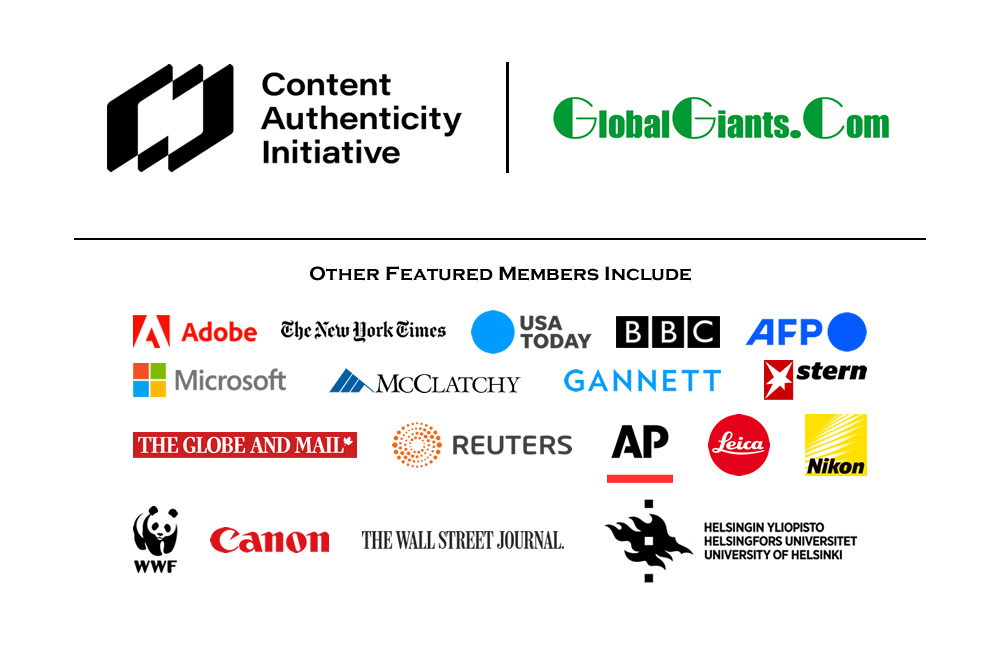

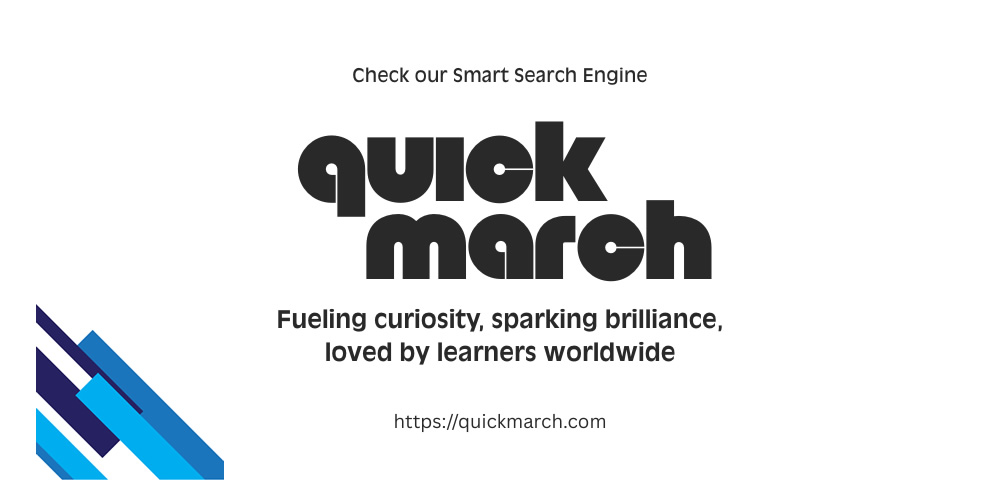
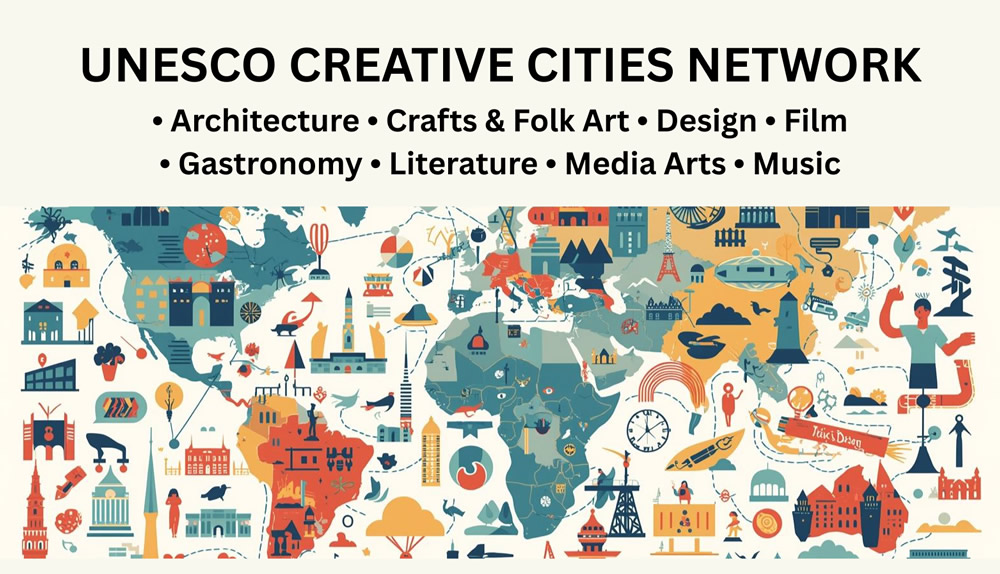


 U.S. News
U.S. News

